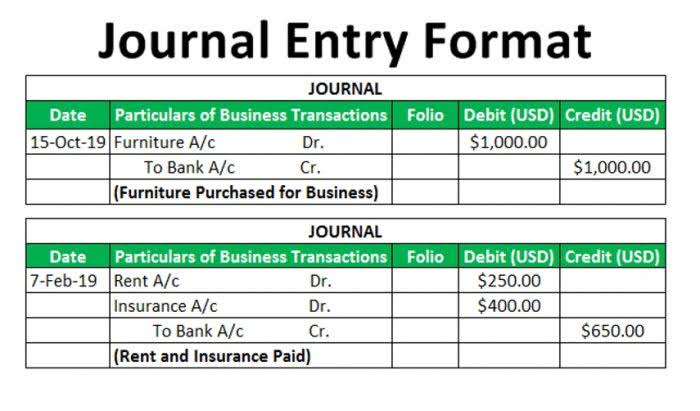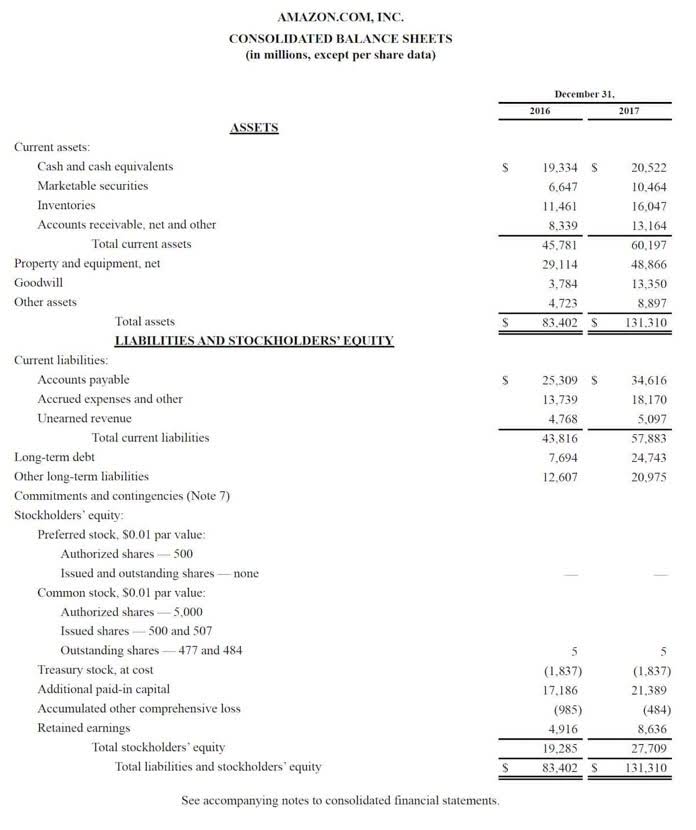Horizontal Analysis: How to Identify Trends and Changes in Financial Statements Over Time

Conversely, if expenses are growing faster than revenue, it may signal potential issues that need to be addressed. Horizontal analysis is a powerful tool for understanding and evaluating a company’s financial performance over time. By examining year-to-year changes in key financial metrics, you can identify trends, assess stability, and make informed business decisions.
Setting Up Your Data in Excel
Using horizontal analysis in monthly or quarterly reviews helps businesses track performance trends and spot potential issues. By regularly monitoring key metrics like revenue and expenses, companies can make timely adjustments to stay on track with their long-term goals and improve decision-making. Once you have financial data from different periods, the tricky part is organizing and comparing it. They also help you see trends in real-time, and make it faster to spot changes and make crucial decisions.

Comparing Financial Data Across Time Periods

Divide that difference by the value from the earlier time period and multiply it by 100 to get the percentage change. This calculation will give you a clear understanding of how different financial metrics have evolved over time. Now that you have gathered the necessary financial data and identified patterns over time, let’s move on to calculating percentage changes in order to further analyze these trends. Mastering these advanced techniques and tools can significantly enhance your ability to extract meaningful insights from financial data and make informed decisions based on your horizontal analysis findings. The final step in horizontal analysis is interpreting the results of your analysis.
- These methods help users interpret financial information clearly and make meaningful comparisons.
- For example, in the income statement shown below, we have the total dollar amounts and the percentages, which make up the vertical analysis.
- Drag down the cell with the formula to copy it to the other revenue line items, as well as the total net revenue.
- By analyzing these components, you can gain a deeper understanding of the company’s financial performance.
- As a result, some companies maneuver the growth and profitability trends reported in their financial horizontal analysis report using a combination of methods to break down business segments.
- Also, trends are identified to define the actual performance of the company in relation to its first accounting year and how it is predicted to fare as time passes.
Income Statement Vertical Analysis (

Look for major fluctuations that may indicate critical events or shifts in the company’s operations. Ensure the accuracy and completeness of the data, as any inaccuracies can affect the analysis results. At the bottom of the analysis, note that Mental Health Billing net income, as a percentage of sales, declined by 2.62 percentage points (6.67 percent to 4.05 percent).
- Since we do not have any further information about the segments, we will project the future sales of Colgate based on this available data.
- Horizontal analysis compares financial data over multiple periods, and track changes in revenue, expenses, and profit.
- In order to calculate the absolute change, subtract the figure from the earlier period from the figure from the later period.
- For instance, a common-size income statement would show what percentage of revenue is allocated to various expenses, providing insights into cost structures.
- This method involves subtracting the base year’s value from the comparison year’s value.
- The percentage change is determined by dividing the dollar difference between the comparison year and the base year by the line item value in the base year, then multiplying the result by 100.
- For example, if your industry is seasonal, comparing consecutive quarters would provide misleading results.
Accurate IFRS 9 service to assess and manage expected credit losses.

By evaluating potential risks https://eleicoes2023.caumt.gov.br/fifo-vs-lifo-inventory-valuation-difference/ and their impact on your business operations, you can proactively develop strategies to mitigate those risks. This includes identifying market fluctuations, changes in consumer demand, regulatory changes, or technological advancements that could affect your business. Remember, with the insights gained from this guide, you can navigate the complexities of financial analysis, avoid common pitfalls, and confidently steer your financial journey toward success.
Most WantedIFRS Terms

For those looking to make this process how to do a horizontal analysis even easier, Bricks offers an integrated solution that combines spreadsheets, documents, and presentations. With the AI capabilities of Bricks, you can automate many of the tasks we discussed, from writing formulas to creating charts. It’s a powerful way to enhance your analyses and save time, so you can focus on what really matters—growing your business.







